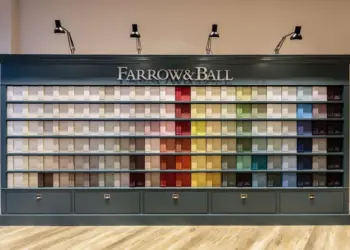Choosing the right home color palette can be an exciting yet daunting task. The colors you select will set the tone for each room, affecting the overall ambiance and mood. Whether you’re redecorating or starting from scratch, this guide will walk you through the process of selecting the perfect color scheme for your home.
Tables Of Contents
Understanding the Importance of home color palette
Color is not just a visual element; it significantly influences our emotions, behaviors, and perceptions. Before diving into the color selection process, it’s crucial to understand the psychological impact of different colors. For example, warm colors like red and yellow can evoke feelings of energy and warmth, while cool colors like blue and green promote a sense of calm and relaxation.

Assessing Your Space
Start by evaluating the size, layout, and lighting of each room in your home. Darker colors can make a room feel cozier but might not be suitable for small spaces with limited natural light. Lighter shades can create an illusion of space and brightness.
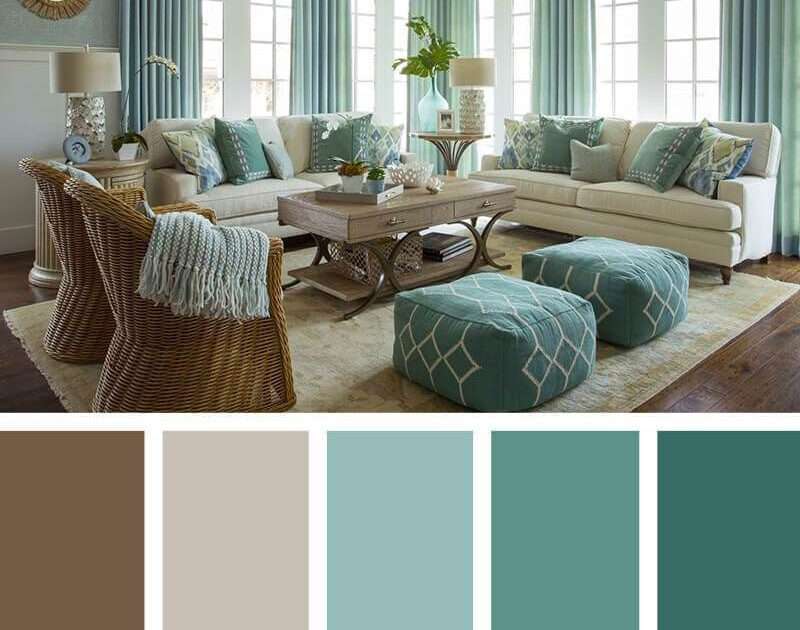
Considering Your Personal Style when picking your home color palette
Your color choices should reflect your personal taste and style. Are you drawn to a modern, minimalist look, or do you prefer a more eclectic and vibrant atmosphere? Your preferences will guide you in selecting the right colors for your home.
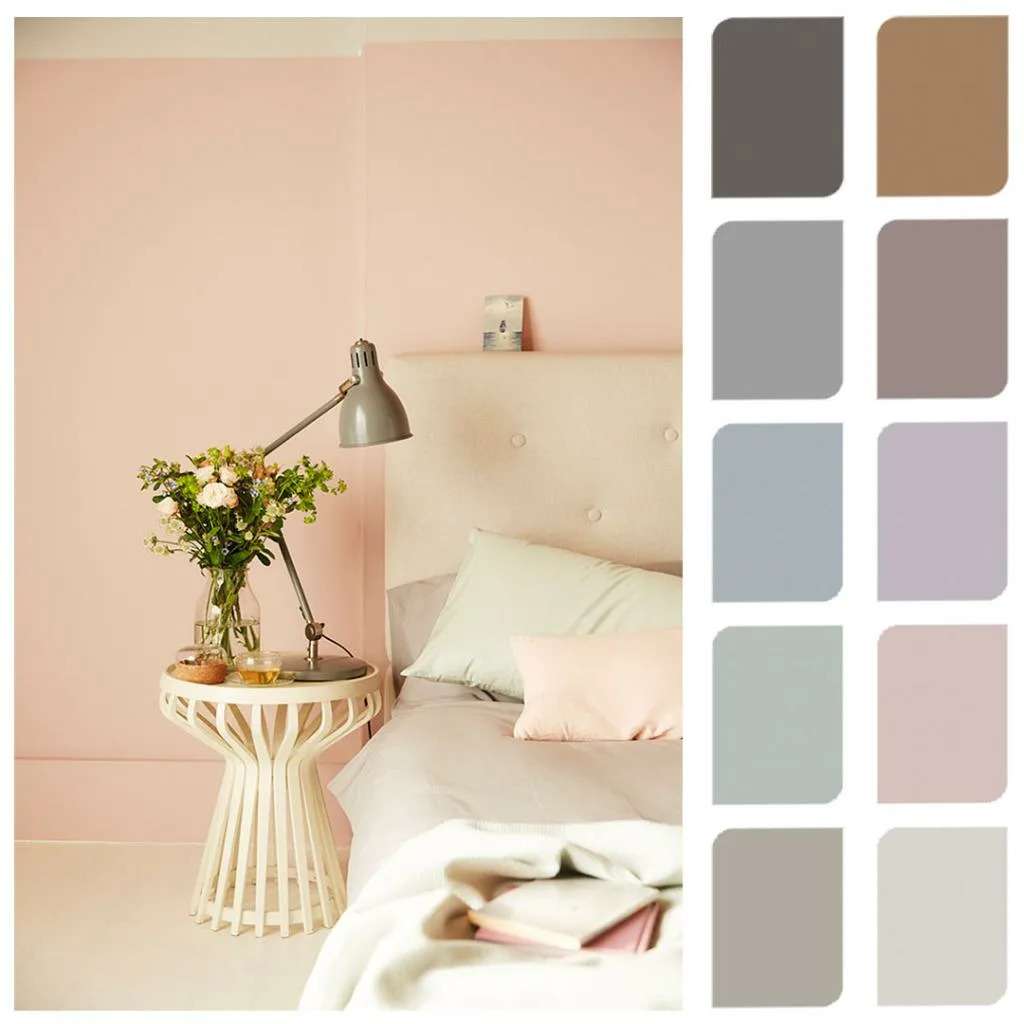
The Role of Natural Light in home color palette
Natural light plays a pivotal role in how colors appear in a room. It’s essential to consider the direction and intensity of sunlight throughout the day when choosing colors. Test paint samples under different lighting conditions to ensure they look great in all scenarios.
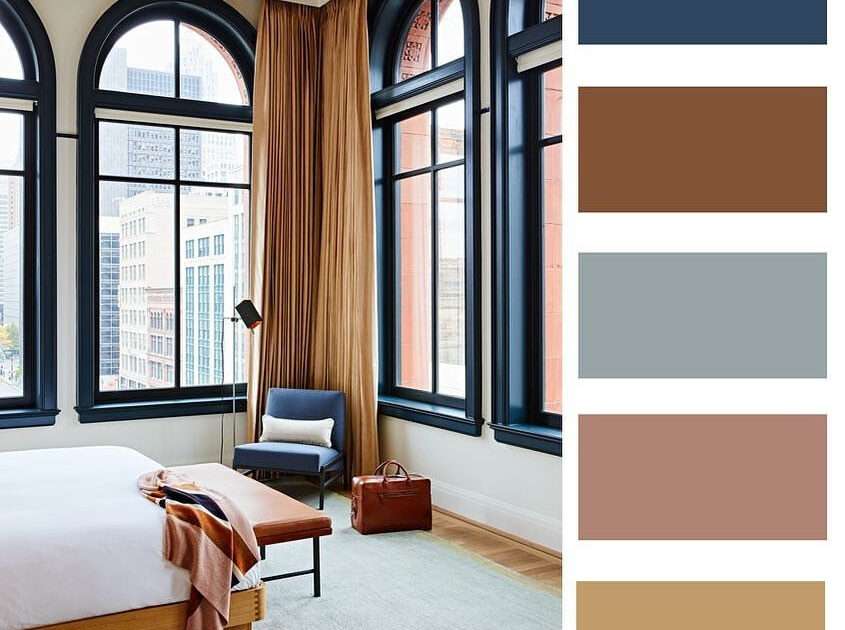
Considering Color Flow Throughout the Home
To achieve a cohesive look in your home, consider how colors flow from one room to another. This doesn’t mean that every room needs to be painted the same color, but there should be a sense of continuity. You can achieve this by selecting a color palette with a common thread or by using complementary colors in adjacent spaces.
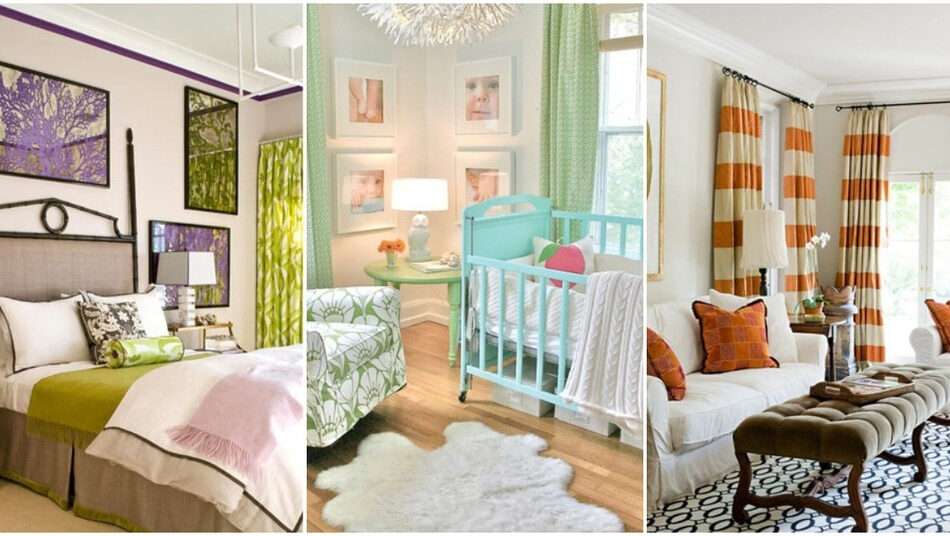
Exploring Different Color Schemes
There are various color schemes to choose from, such as monochromatic, analogous, complementary, and triadic. Each offers a unique feel, so explore your options to find the one that resonates with your vision.

Testing Paint Samples before choosing home color palette
Once you’ve narrowed down your color choices, it’s time to experiment with paint samples and swatches. Many paint stores offer small sample pots or paint swatches that you can take home and try on your walls. This step is crucial because the way a color appears on a small chip can be quite different from how it looks on a large wall.
Apply a few different samples in different areas of the room, particularly on walls that receive varying amounts of natural light. Observe how the colors change throughout the day as the lighting shifts. This will help you ensure that your chosen colors look harmonious in different lighting conditions.
Never underestimate the importance of testing paint samples on your walls. Paint can look very different on a small swatch compared to an entire room. Take your time to see how the colors work in your space before making a final decision.

The Impact of Color Psychology
Delve deeper into the psychology of colors to ensure your selections align with the desired mood and atmosphere for each room. For instance, soft blues and greens in the bedroom can promote relaxation and better sleep.
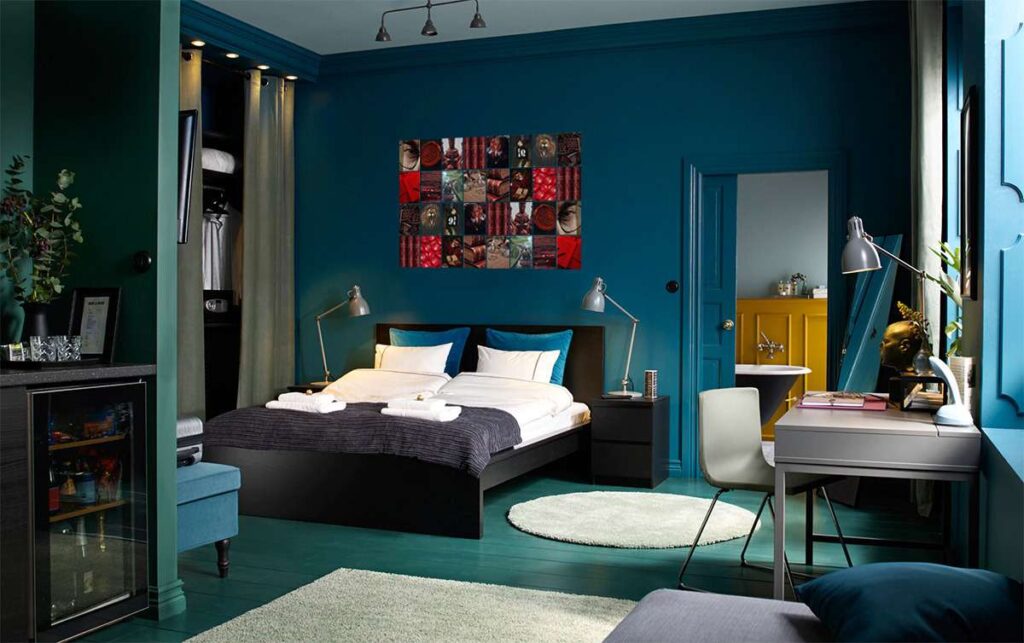
Choosing the Right Paint Finish
Different paint finishes, such as matte, satin, or gloss, can affect the way colors interact with light and texture. Consider the practicality and aesthetics of each finish for specific areas of your home.

Incorporating and Adding Accent Colors
While selecting a primary color palette is essential, don’t forget about accent colors. These are secondary colors that can add interest and depth to your design. Accent colors can be introduced through furniture, artwork, and decor items like throw pillows, rugs, and curtains. They can create focal points and add personality to your home.
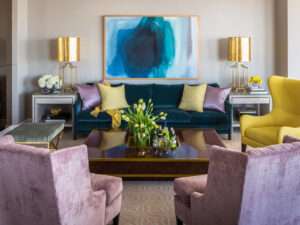
Customizing for Different Rooms
Each room in your home may have a unique purpose and mood. Customize your color palette to suit the function of each space. For example, you might choose calming blues and greens for the bedroom, vibrant yellows and oranges for the kitchen, and sophisticated neutrals for the living room.
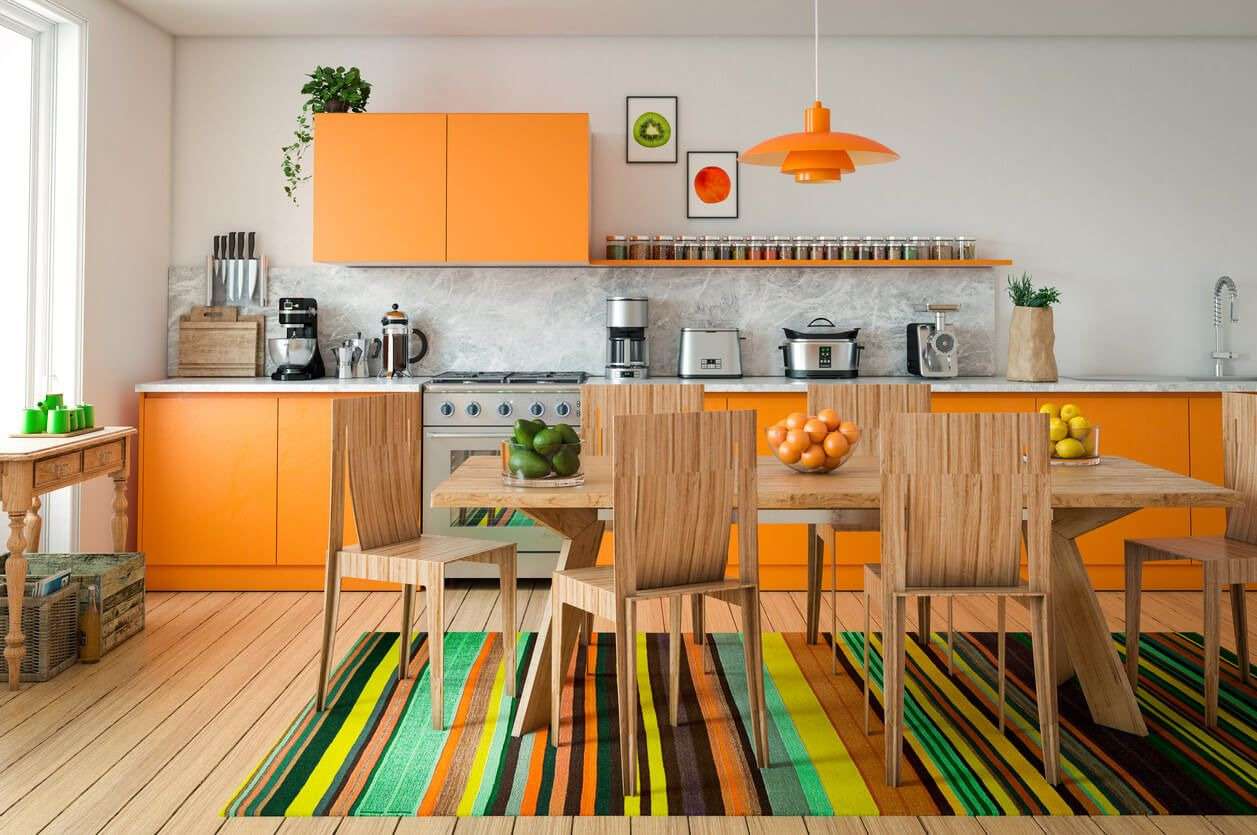
Incorporating Trends vs. Timelessness
While it’s tempting to follow current design trends, remember that trends come and go. To ensure your home remains timeless, focus on classic colors and add trendy elements through decor and accessories.
Balancing Neutrals and Vibrant Colors
Strike a balance between neutral tones and vibrant colors to prevent your space from feeling overwhelming. Neutrals can serve as a backdrop for bolder hues.
Creating Mood Boards
Another useful technique is to create mood boards or inspiration boards. Gather fabric samples, images from magazines, and paint swatches that represent the colors and styles you want to incorporate into your space. This visual tool can help you see how different elements come together and whether they match your vision.
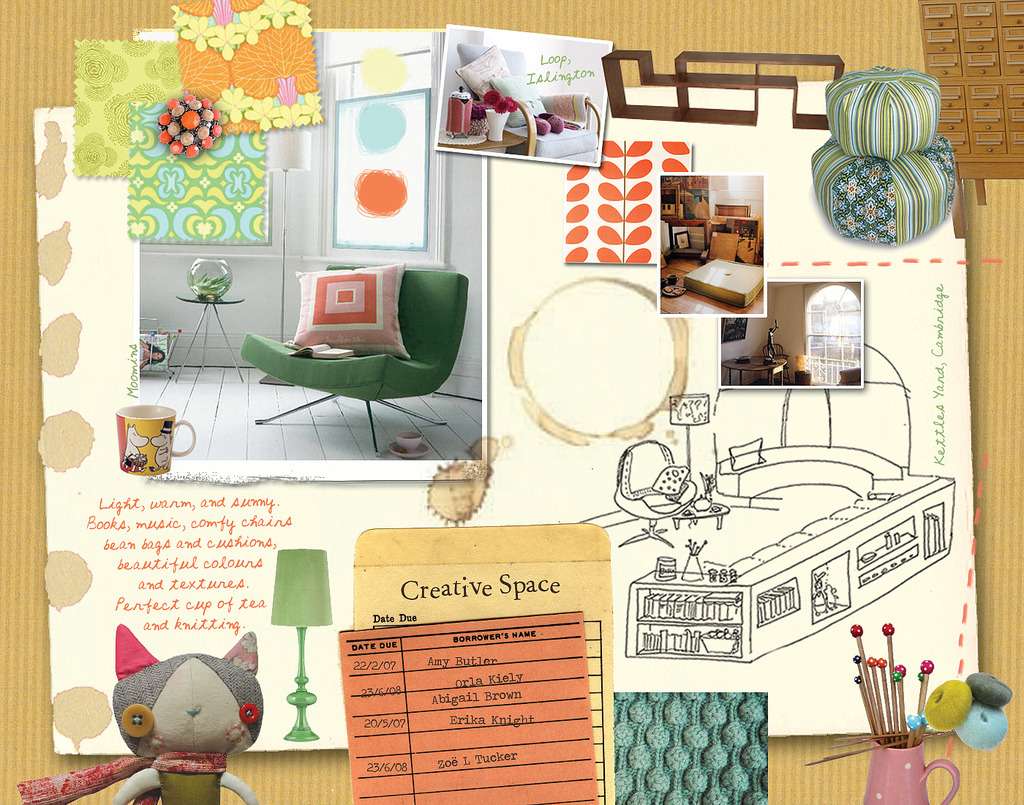
Making Small Spaces Look Larger with home color palette
If you have small rooms, opt for light colors and strategic design choices to make them appear more spacious. Mirrors and reflective surfaces can also help create the illusion of space.
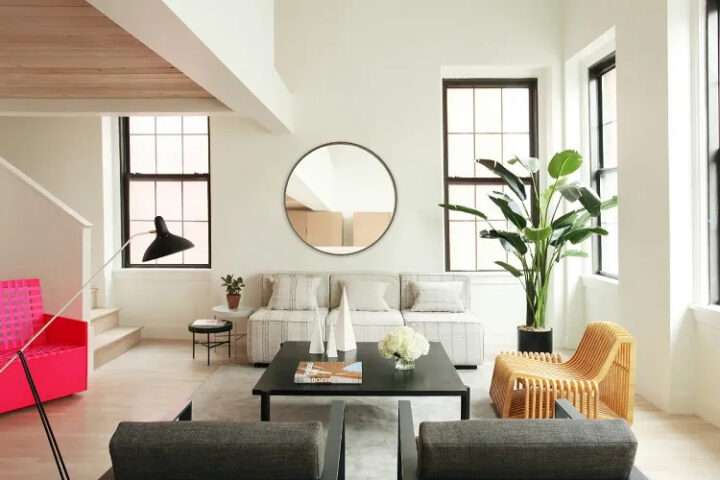
Maintaining Cohesiveness
To maintain a cohesive look, use a consistent color palette throughout your home. This doesn’t mean every room must be identical, but there should be a unifying theme.

The Role of Paint Finishes
When selecting paint finishes, consider both aesthetics and practicality. High-gloss finishes can be stunning but may not be suitable for walls with imperfections, as they can highlight flaws. Matte and satin finishes are more forgiving and can create a cozy, inviting atmosphere.

The Final Touch: Accessories and Decor
Complete your color palette by selecting accessories and decor that complement your chosen colors. These finishing touches will tie the entire design together.
Consulting with Professionals before choosing home color palette
If you’re unsure about your color choices or need guidance, don’t hesitate to consult with a professional interior designer or a paint specialist. They can provide valuable insights and recommendations based on your preferences, the layout of your home, and the desired mood you want to achieve.

In conclusion, choosing a color palette for your home is a creative and personal endeavor. By understanding the psychological impact of color, assessing your space, and considering your personal style, you can create a harmonious and inviting environment.
Remember to test paint samples, incorporate different color schemes, and balance neutrals with vibrant shades to achieve the perfect look for your home.
And that your home’s color palette is not set in stone; you can always refresh or update it to suit your evolving tastes and preferences. Enjoy the process of transforming your living space into a haven that resonates with you and your family.
FAQs
Q: What are some timeless color choices for home interiors?
A:Timeless colors include neutral shades like white, beige, and gray. These colors remain stylish and versatile over the years.
Q:Can I use bold colors in small rooms?
A:Yes, but it’s essential to balance bold colors with neutrals to avoid overwhelming the space.
Q:How can I make a room feel cozier with color?
A: Deep, warm colors like burgundy or deep blue can create a cozy ambiance. Add soft textures and warm lighting for an inviting feel.
Q:Should I follow interior design trends when choosing home color palette?
A:While trends can be inspiring, it’s wise to focus on classic colors for larger surfaces and use trendy colors for accents and accessories.
Q:What role do accents and decor play in a your home color palette?
A:Accents and decor provide opportunities to introduce additional colors, textures, and patterns to enhance the overall design.





